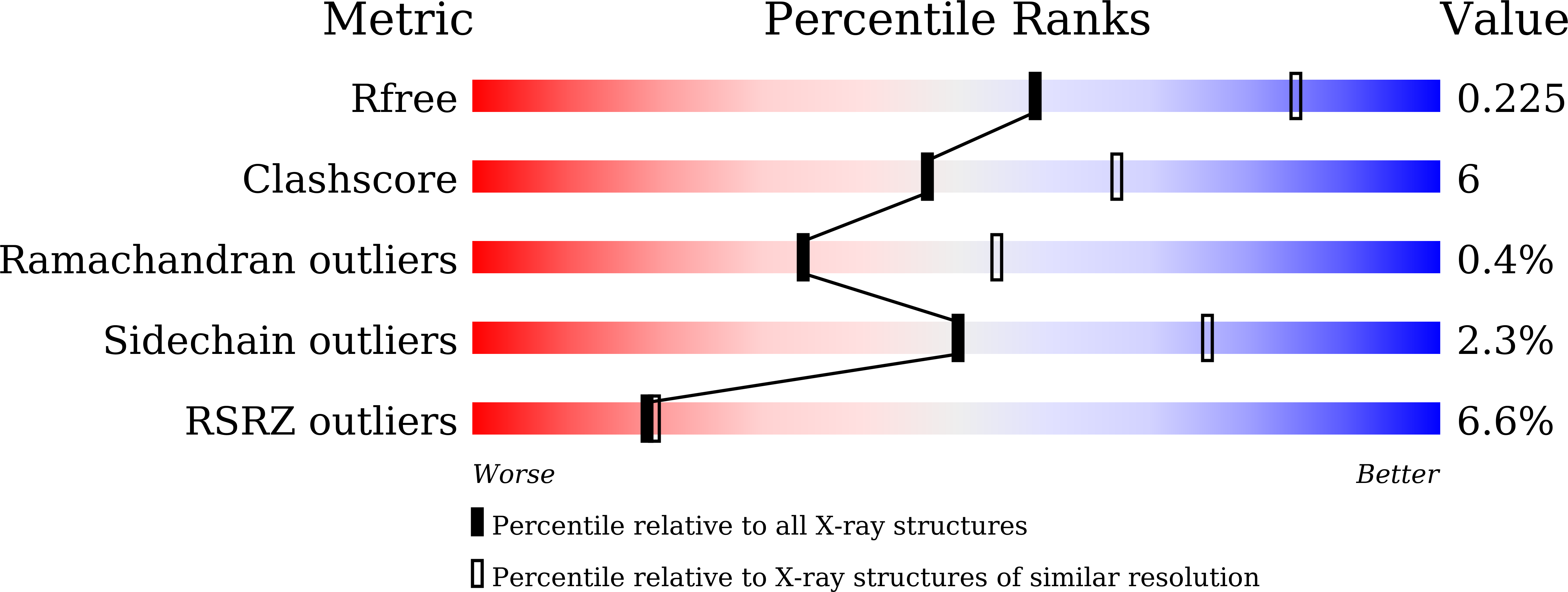
Deposition Date
2021-03-07
Release Date
2021-07-21
Last Version Date
2023-11-29
Entry Detail
PDB ID:
7EAL
Keywords:
Title:
The structure of the A20-Binding Inhibitor of NF-kB 1 in complex with di-ubiquitin
Biological Source:
Source Organism:
Homo sapiens (Taxon ID: 9606)
Host Organism:
Method Details:
Experimental Method:
Resolution:
2.50 Å
R-Value Free:
0.22
R-Value Work:
0.18
R-Value Observed:
0.18
Space Group:
P 1 21 1


